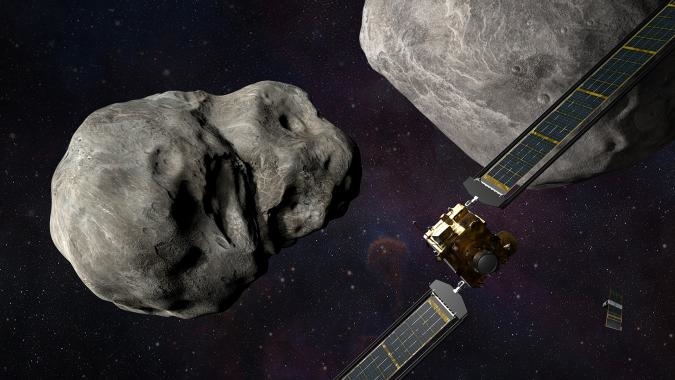Watch NASA crash DART into an asteroid at 6PM ET
The test could help Earth defend against asteroid impacts.


NASA’s Double Asteroid Redirection Test (DART) spacecraft is about to crash into the asteroid Dimorphos, and you’ll have plenty of options to follow along as it happens. The space agency is livestreaming coverage of the DART collision starting at 6PM Eastern, and you can tune into either a full presentation or a dedicated stream from the craft’s DRACO (Didymos Reconnaissance and Asteroid Camera for Optical Navigation) instrument. That last feed will show one image per second up to the moment of impact. The vehicle is expected to smash into Dimorphos at about 7:14PM, although its distance from Earth will delay the footage you see.
You aren’t tied to official sources, either. The Virtual Telescope Project will host its own stream starting at 6:30PM ET. It’s teaming up with two South African observatories to provide an Earth-bound view of the collision. The Didymos asteroid system (where Dimorphos is a moonlet) will just be a dot, but you should see it flare up after DART makes contact.
DART will gauge the viability of using spacecraft to deflect asteroids, comets and other objects that might otherwise strike Earth. If all goes well, it will show that NASA can use autonomous vehicles as defensive systems and confirm the results using ground telescopes. Dimorphos is an ideal candidate due to both its relative proximity and the lack of threats — NASA won’t inadvertently create the very calamity it’s trying to avoid.
This won’t be the only mission headed to the Didymos system, either. The European Space Agency expects its Hera mission to reach Didymos by 2026, when it will study DART’s effects on Dimorphos. If there are any questions left after tonight’s one-way flight, they should be answered within a few years.
(29)